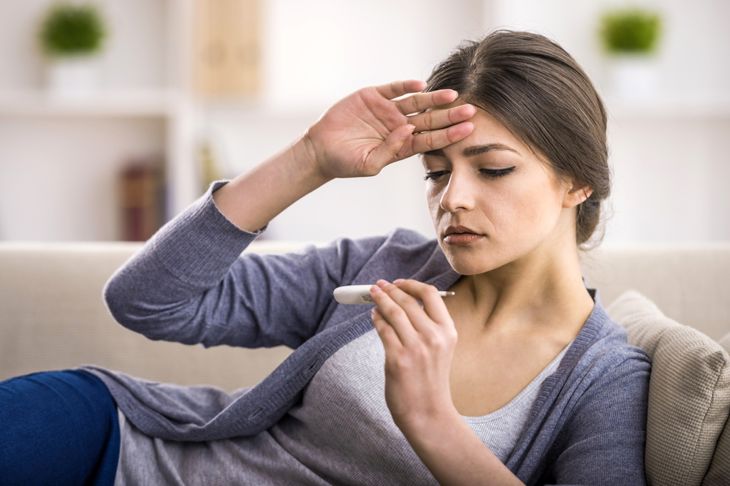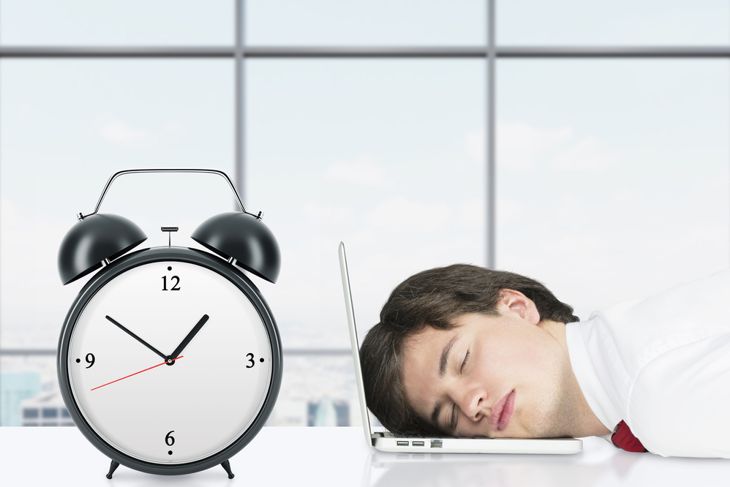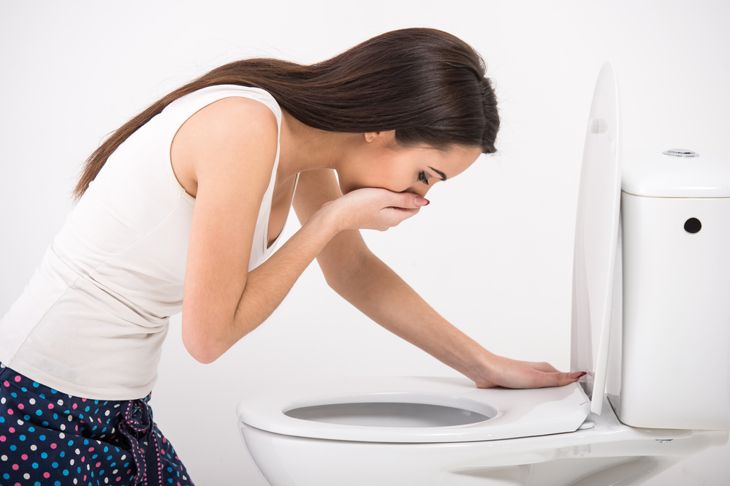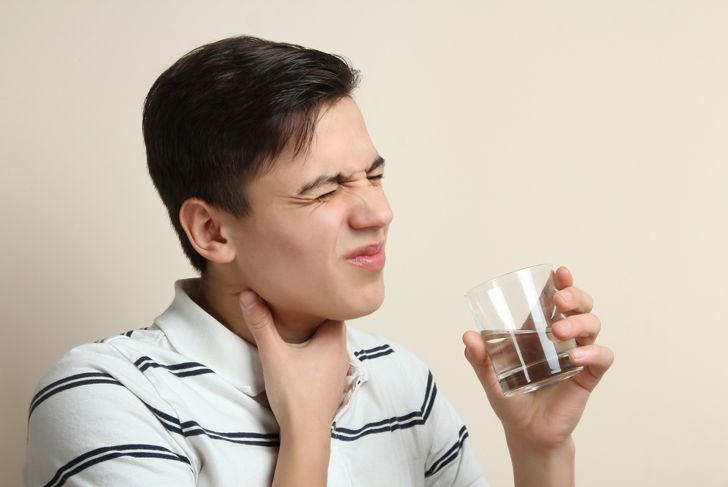Polio is a disease that attacks the nervous system. It is a considerably infectious disease that mostly affected children under the age of 5, although other age groups can also be affected. Around 1 in 200 cases of polio will cause permanent paralysis, but thanks to recent world efforts against polio (including a vaccine), the extent of the disease has decreased by a large margin. In many regions, polio has even been eradicated, including Europe and North America.
Muscular Pain
Even though most polio patients don’t report any symptoms (up to 99% of all cases are asymptomatic), those who do are likely to experience some degree of muscular pain. In many cases, the pain is due to the viral nature of the infection, causing the muscles to feel stiff. In the case of non-paralytic polio, symptoms tend to last from one to 10 days and are usually characterized as flu-like. You can expect to experience other symptoms, such as chills and vomiting. If you experience any of the symptoms, or if you have been to an area prone to polio, contact your doctor.
Fever
One of the most common symptoms related to polio is fever, which is the body’s natural way of killing disease or fighting a virus. To do so, the body heats up, kind of like a thermostat that increases your home’s temperature. The resulting heat kills bacteria and helps your body heal. A fever is nothing to worry about as long as it stays within a healthy parameter, usually under 103-104 F. If you experience a high-grade fever, or if your fever has lasted more than a few days, consult your doctor for further analysis. Many different conditions can cause a fever.
Fatigue
As the body fights a disease or an infection, its energy levels tend to decrease as a result of the body’s natural mechanisms. It takes lots of energy to heal the body, which results in fatigue completely. Fatigue means that you are always tired, even after having a nap. In the case of polio, fatigue can be severe, limiting your ability to carry out an active lifestyle. You may feel as if you can’t even get out of bed. Luckily, your doctor can help you by prescribing medication to reduce fatigue. You can also try using home remedies.
Atrophy
Many polio patients will experience what is known as post-polio syndrome, which refers to a group of symptoms and indications that appear as much as 40 years after initial infection. One of such symptoms is muscular atrophy, which essentially means that your muscles lose strength over time. This can lead to fatigue and weakness and may cause difficulty moving due to muscle stiffness. In some cases, this may cause one limb to be longer or shorter than the other because of the unequal muscular development. Not all people with polio will develop atrophy, and each case is different. Be sure to look for any unusual symptoms.
Meningitis
Some – but not all – patients with polio will go on to develop meningitis, which is a condition that affects the membrane that covers the brain and spinal cord. Meningitis causes a variety of symptoms, the most notable of which is a headache. Other symptoms include developing a fever as well as stiffness of the neck. It is vital to receive medical attention if you develop meningitis. The good thing is, only around one out of 25 polio patients end up getting meningitis. During and after your diagnosis, be sure to analyze all of your symptoms to make sure you don’t become infected.
Vomiting
Vomiting is another unpleasant symptom that can appear in many polio patients. When our bodies become sick – and especially our stomach – one of the body’s natural reactions is vomiting, which eliminates food or other substances from the stomach. Sometimes, the contents of the stomach can be expulsed from the nose, although the mouth is the most likely exit point. Before vomiting, patients tend to experience nausea, which is the general feeling of needing to vomit. To help calm down nausea, try consuming lots of water and slowly incorporate bland foods into your diet.
Difficulty Breathing
In some cases, polio patients may experience difficulty breathing. This is usually caused by the weakness of the muscles of the lung, which may become stiff as a result of the condition. Some patients will require medical intervention at some point later on in their lives. Difficulty breathing is one of the main post-polio symptoms. In extreme cases, a ventilation machine may be used. It’s important to understand that while not all polio patients experience difficulty breathing, those who do often consider it to be one of the most serious symptoms. Be sure to consult your doctor if you experience difficulty breathing.
Sore Throat
If you become infected with polio, one of the most likely symptoms you’ll experience is a sore throat. Even though the throat isn’t directly affected by the virus, the many lymph nodes of the throat can become inflamed and stiff, causing pain to be felt. You may also experience discomfort in the tonsils, which may cause a burning or irritating pain. To relieve pain, try taking over-the-counter medication with the previous consent of your doctor; there are also a variety of home remedies that may aid in easing symptoms. Tea mixed with a few teaspoons of honey can calm and soothe the throat.
Chills
Chills are very frequent in patients who experience a fever. Even though you may be wearing plenty of clothing, your body experiences chills as a natural mechanism. Science can’t quite seem to explain the precise reasons as to why people feel chills, but it is thought that it has something to do with varying body temperature. Another possible explanation is a lack of circulation. The areas of the body that are most prone to chills are the extremities, but different people experience different degrees of coldness. Try wrapping yourself up in a warm blanket to feel more comfortable.
Headache
You are likely to experience a headache when dealing with a viral infection, such as polio. Most patients report this symptom, which tends to appear alongside chills and other related symptoms, such as vomiting. When fighting a viral infection, the body’s natural reaction is to increase body temperature. This can also cause symptoms in the head, including pain. You may experience different types of pain, including a stabbing pain. In the case of polio, the brain is directly affected, so pain is naturally present. To treat a headache, you can take over-the-counter pain medication.

 Home
Home Health
Health Diet & Nutrition
Diet & Nutrition Living Well
Living Well More
More




















